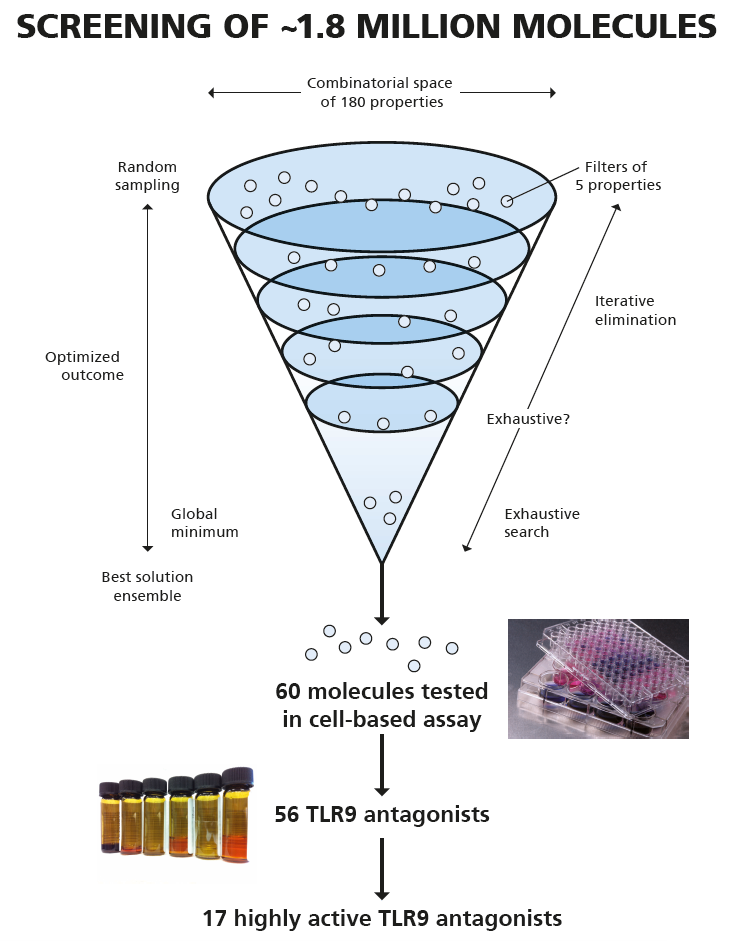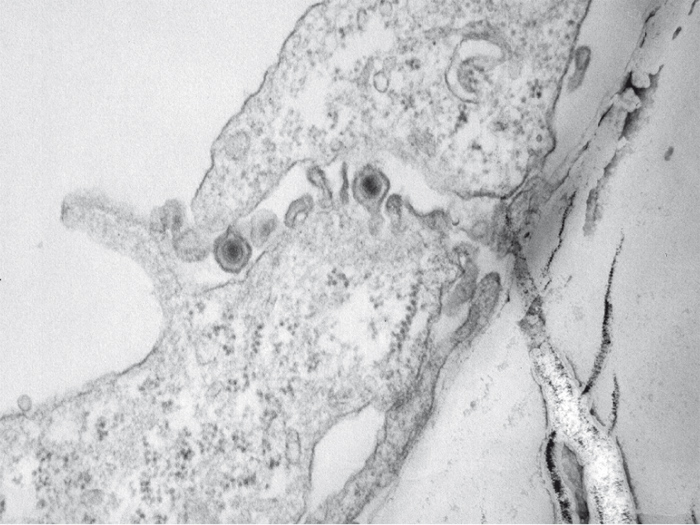Translational Research on Infection, Inflammation, and Innate Immunity
The Fraunhofer Innovation Platform for Drug Discovery and Delivery at the Hebrew University in Jerusalem, Israel, (FIP_DD@HUJI) is a joint research institution of Fraunhofer IGB and the Institute for Drug Research of the Hebrew University. The focus of the Innovation Platform is on discovery and validation of new antiinfective and anti-inflammatory compounds as well as targeted nanoparticle based delivery systems for virual infections and autoimmune diseases.
The FIP_DD@HUJI is the continuation of the Fraunhofer Project Center for Drug Discovery and Delivery. It started in October 2018 and was extended in 2020 for a period of three years. The Innovation Platform was jointly headed by Prof. Dr. Steffen Rupp (Fraunhofer IGB) and Prof. Dr. Gershon Golomb (HUJI). In September 2021, Prof. Dr. Ofra Benny took over the position of director at HUJI.
 Fraunhofer Institute for Interfacial Engineering and Biotechnology IGB
Fraunhofer Institute for Interfacial Engineering and Biotechnology IGB

